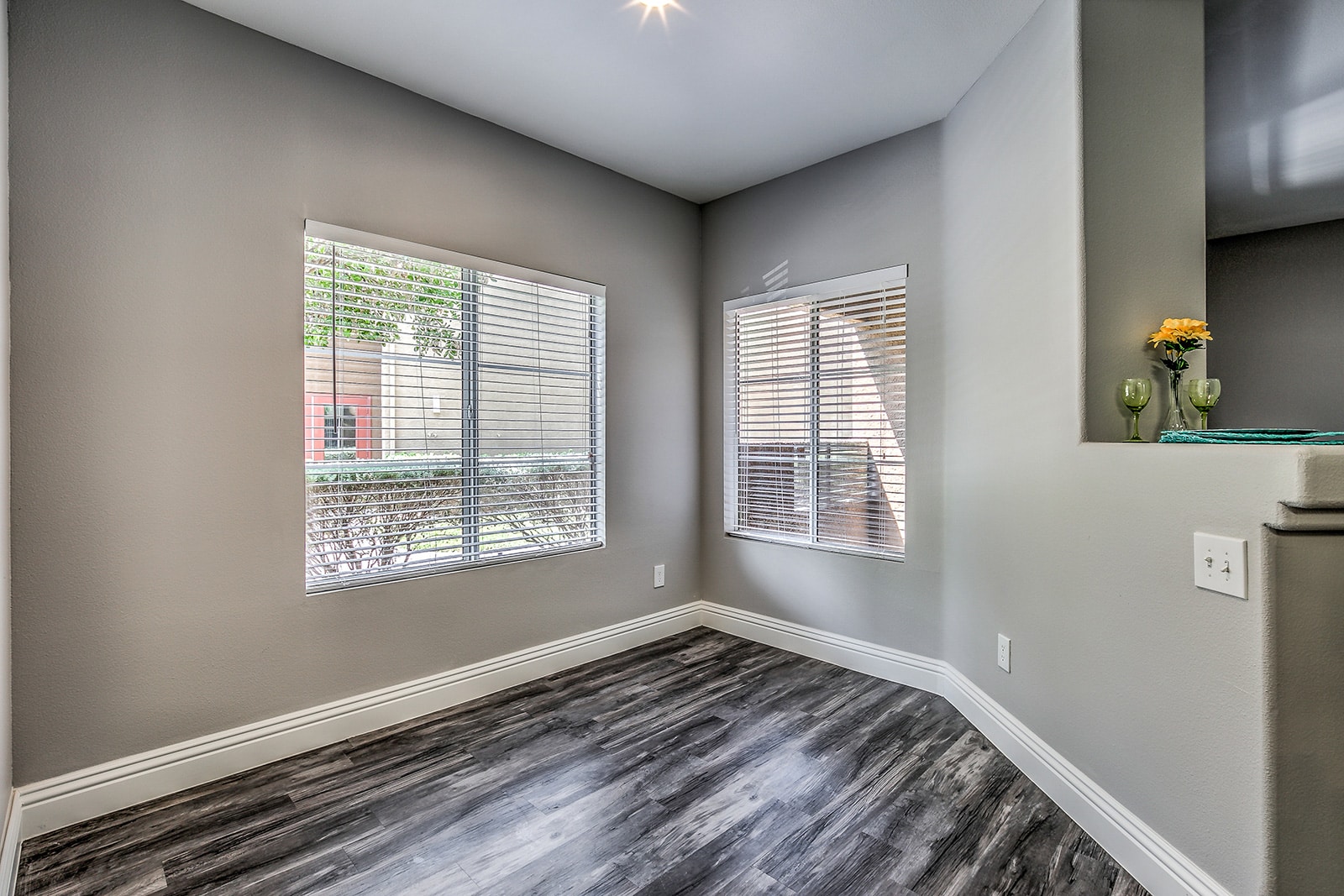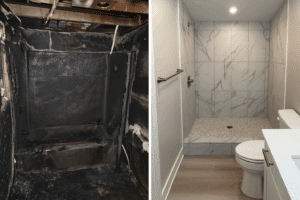Affordable housing, especially those funded under the Low-Income Housing Tax Credit (LIHTC) program, plays a critical role in addressing housing affordability in multifamily real estate. However, as these properties age, they often require rehabilitation to maintain safety, efficiency, and livability. Whether you are an owner, investor, or property manager, successfully navigating the complexities of affordable housing renovation requires a strategic approach.
Table of Contents
ToggleUnderstanding the LIHTC Requirements
Rehabilitating LIHTC properties comes with specific regulatory and financial requirements that differ from other multifamily projects. LIHTC projects must adhere to affordability standards, meaning rents remain accessible to low-income tenants for a set number of years. The scope of renovations often focuses on upgrading units without displacing tenants or dramatically increasing costs.
Owners and developers need to be mindful of compliance with LIHTC guidelines during the renovation process. Any improvements must align with the program’s affordability standards. Working with renovation contractors experienced in affordable housing ensures adherence to these requirements while maximizing project efficiency and minimizing tenant disruptions.
Prioritize Energy Efficiency Upgrades
One of the most impactful ways to rehabilitate affordable housing is by investing in energy-efficient upgrades. Energy-efficient solutions, such as improved insulation, energy-efficient windows, and LED lighting, not only reduce long-term operating costs but also enhance the tenant experience. These upgrades improve indoor comfort, reduce utility expenses for both owners and tenants, and can increase the marketability of units.
Minimizing Tenant Disruption During Renovation
A primary concern for multifamily property owners and managers when undertaking a rehabilitation project is how to minimize tenant disruption. Given the nature of affordable housing, where tenants are more likely to experience financial instability, it’s essential to phase construction carefully. Proper planning ensures that tenants aren’t displaced, which could trigger compliance issues with LIHTC regulations.
Clear communication between affordable housing remodeling contractors, property management, and tenants is vital. This includes providing timelines for the renovations, temporary accommodations if necessary, and updates on progress. Moreover, contractors must adhere to strict timelines to minimize delays, which could negatively impact both tenant satisfaction and the project’s overall financial performance.
Focus on Accessibility and Safety Upgrades
Rehabilitating affordable housing properties often involves updating units and common areas to meet modern accessibility and safety standards. For aging LIHTC properties, this may include retrofitting bathrooms with grab bars, ensuring wheelchair accessibility, and installing fire safety systems such as sprinklers and smoke detectors.
By focusing on these upgrades, property owners not only improve tenant safety but also extend the lifespan of the property. Moreover, making units more accessible can help broaden the tenant base, especially in markets where housing for individuals with disabilities is in high demand.
Maximizing Financial Efficiency
Rehabilitating LIHTC properties can be a financially complex undertaking, especially given the constraints around rent caps and affordability. Owners and investors should work closely with contractors to develop a cost-effective strategy that addresses immediate renovation needs while keeping long-term maintenance in mind.
One effective approach is to partner with general contractors who have a proven track record in affordable housing renovations. These contractors can provide insight into how to prioritize upgrades that yield the highest returns, whether it’s through energy savings, tenant satisfaction, or reduced maintenance costs.
Engage in Thoughtful Design for Community Impact
Affordable housing renovation isn’t just about updating interiors; it’s also about upgrading the whole community. Thoughtful design improvements to shared spaces, such as common areas, playgrounds, or green spaces, can have a significant impact on tenant quality of life. Furthermore, aesthetic enhancements to the exterior, such as new landscaping or façade updates, can improve curb appeal and attract new tenants.
It is focused towards improving the community’s overall living environment. By creating a more desirable and supportive community, owners can increase tenant retention and contribute positively to the neighborhood’s revitalization.
Work with Experts in Affordable Housing
Rehabilitating LIHTC properties is a specialized field that requires knowledge of both the multifamily sector and the specific regulatory framework that governs affordable housing. Partnering with experienced affordable housing remodeling contractors ensures that your project is not only compliant but also completed efficiently and within budget.
These contractors understand the intricacies of working with LIHTC guidelines, ensuring that renovations align with the program’s affordability requirements. They are also equipped to manage the unique challenges that arise when renovating occupied units, from minimizing tenant disruptions to adhering to tight schedules.
Rehabilitating affordable housing LIHTC projects requires a thoughtful, strategic approach that balances regulatory compliance, tenant well-being, and financial efficiency. By working with experienced affordable housing remodeling contractors like Renu, multifamily owners, investors, and management companies can ensure that their properties remain competitive, energy-efficient, and supportive of their communities for years to come.







